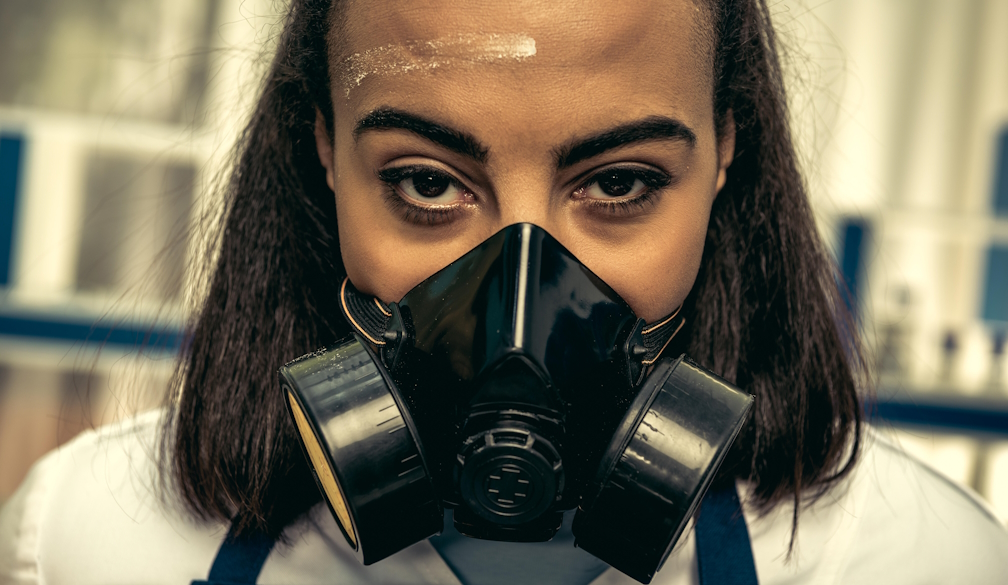Why is Everyone Talking About VOCs and Should You Be Worried?

Ever scrunched your face at the smell of paint? What you’re smelling is actually VOC fumes.
First it was asbestos, then silica dust, and now VOCs. There is always something being discovered that is dangerous for humans to breathe in. While it can feel scary, worrying, and never-ending, it’s vital to be aware of how to protect yourself!
What Are VOCs?
VOCs, short for volatile organic compounds, refers to a group of chemicals that are emitted from sources like household products and building materials. These gasses can be quite dangerous to your health, especially if you are exposed to them over an extended period.
How Do They Impact Health?
VOCs are dangerous when you breathe them in. At first, they can irritate your eyes, nose and throat and cause headaches. More serious symptoms include difficulty breathing, fatigue, and nausea. At its worst, VOCs can cause damage to the kidneys, liver, or central nervous system.
Some VOCs, like benzene and formaldehyde, are known to be carcinogens.
Just keep in mind that not every VOC is the same. They aren’t all immediately toxic, its usually prolonged exposure to them that is a concern.
Where Are the Dangerous Ones Found?
Household Products
Anything that gives off a chemical smell is something to look out for. Household products with VOCs include:
-
- Pesticides
-
- Cleaners and disinfectants
-
- Aerosols sprays
VOCs are always more concentrated indoors, so make sure you have good ventilation.
Building Materials?
VOCs are most commonly found on building sites – that also means being wary of new builds. You should look out for:
-
- Paint and paint strippers
-
- Glues and adhesives
-
- New wood flooring and furniture
-
- Varnishes and finishes
When it comes to building and trades, the safest way to go is with the help of a professional.
Other Places
VOCs can also be found in your everyday life, such as:
-
- Tobacco smoke
-
- New carpets
-
- Stored fuel and car products
-
- Car exhaust fumes
What Can You Do to Reduce Exposure?
After reading this, it’s clear that it is difficult to completely avoid VOCs. The best things you can do to reduce exposure when using products with VOCs is to:
-
- ensure proper ventilation by opening windows and doors and use a fan
-
- use masks when necessary
-
- seal and store products properly, ideally outside
-
- carefully follow the instructions on the label
Containing benzene, paint is probably one of the most common products you will use that has dangerous VOCs – and there are actually low VOC paints on the market. You just need to make sure they are the right ones.
"The issue with Low VOC paints is that most are developed overseas where regulation is fairly lax, and they may not meet Australian standards. VOCs are also a complex topic - so consumers don't fully understand the risks and implications of specific chemicals in their paint." said Stephen Cochrane, Master Painter Perth.
Who knew that something as simple as household cleaners and house paint could pose health risks? But now that you are informed, always be safe and get in a professional when appropriate!






